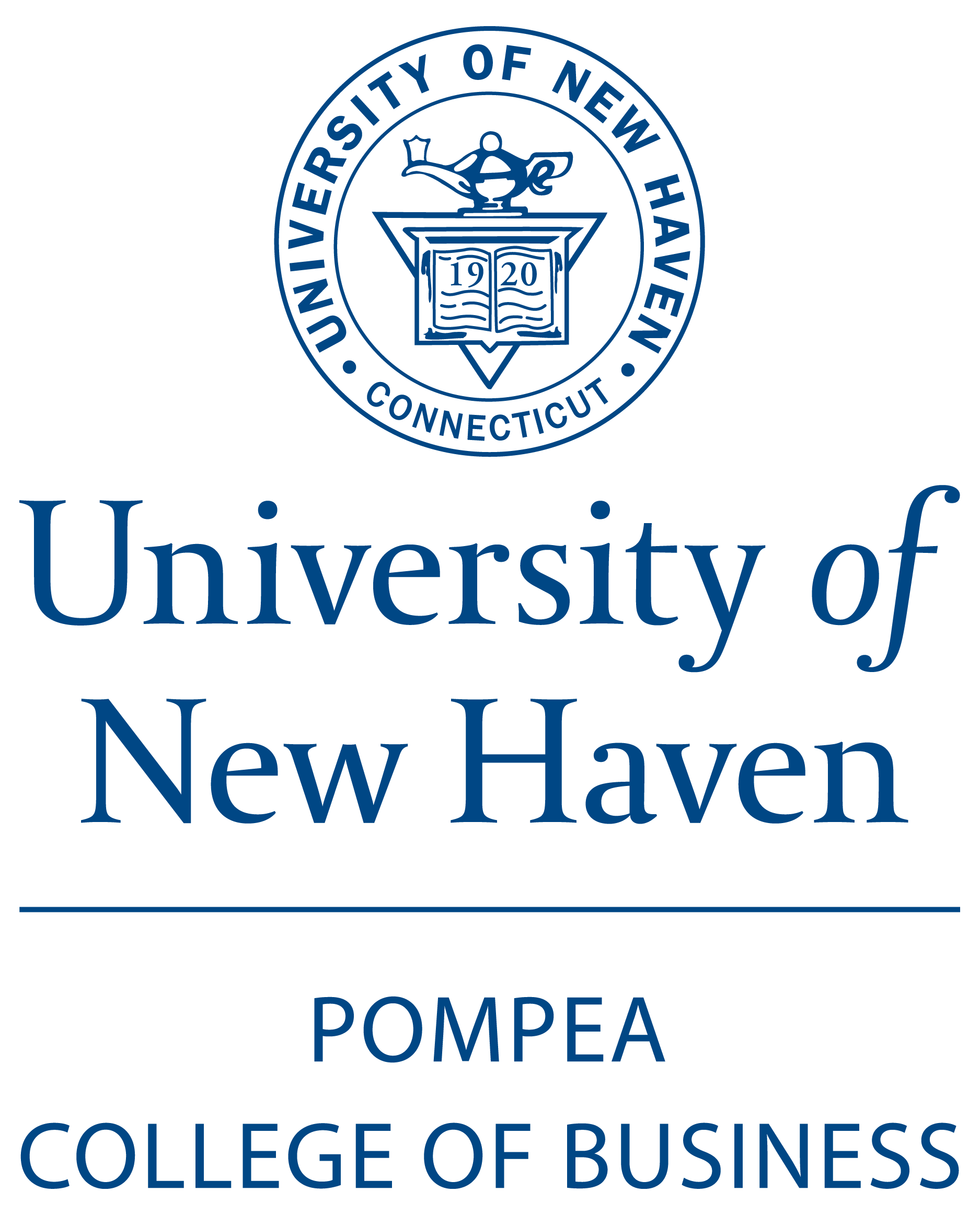Abstract
Studies examining firm capabilities under abrupt discontinuities are scarce. To contribute to this literature, we focus on the effect of matching firm capabilities to business environments. In doing so, we explore strategic and environmental alignment and its impact on firm performance within the banking industry before and after the 2016 presidential election. We demonstrate that firm capabilities need to match a specific environment to attain a competitive advantage. However, these same capabilities are not necessarily the source of a competitive advantage in a different environment. Specifically, we find that during the post-election era (the Dodd-Frank rollback era), the group of banks labeled rollback winners adequately aligned their capabilities to their environment, whereas the group of banks labeled rollback losers failed to do so. The winner group outperformed their counterparts because their capabilities aligned with their environment, which rewarded riskier behavior and intensive lending. However, roles were reversed during the pre-election period (the Dodd-Frank era), which demanded regulatory compliance and lending prudence. Our paper suggests that successful managers not only anticipate environmental opportunities, but that they also develop the capabilities needed to align with them. For investors, we prescribe using our matching capabilities rationale to go beyond economic and industry trends.
Creative Commons License

This work is licensed under a Creative Commons Attribution-NonCommercial 4.0 International License
Recommended Citation
Perez-Batres, Luis A.; Amin, Abu; Treviño, Len J.; and Mamun, Khawaja
(2025)
"Aligning Firm Capabilities and Business Environment in a Managerial Context: Evidence from the 2016 Presidential Election and Dodd-Frank Rollback,"
American Business Review: Vol. 28:
No.
1, Article 8.
DOI: 10.37625/abr.28.1.161-175
Available at:
https://digitalcommons.newhaven.edu/americanbusinessreview/vol28/iss1/8
DOI
10.37625/abr.28.1.161-175



